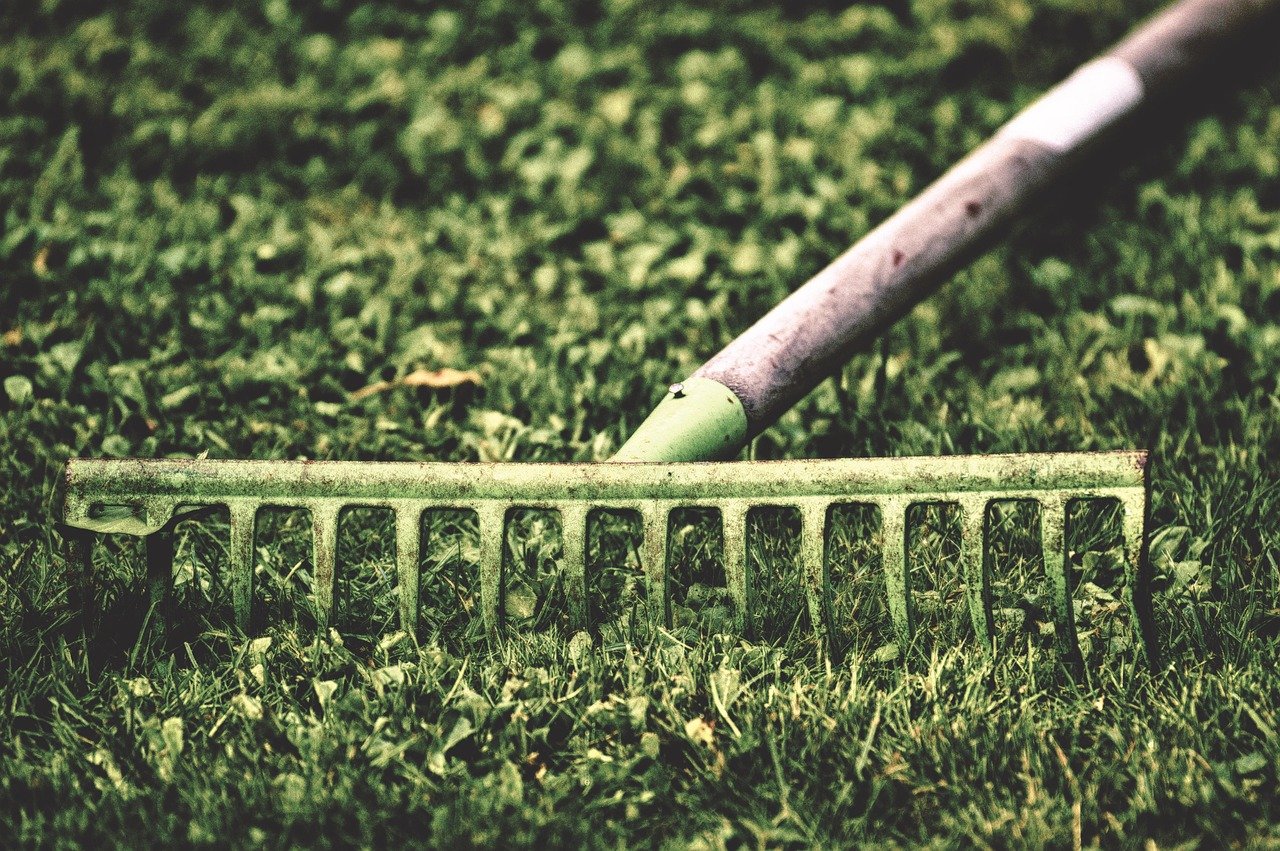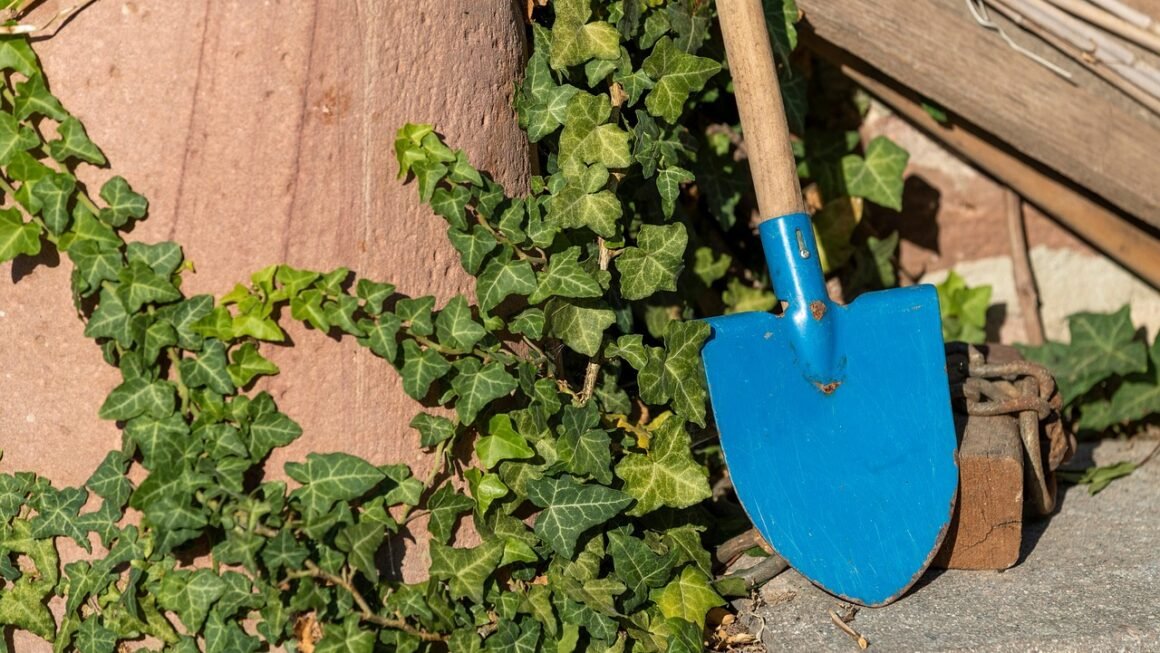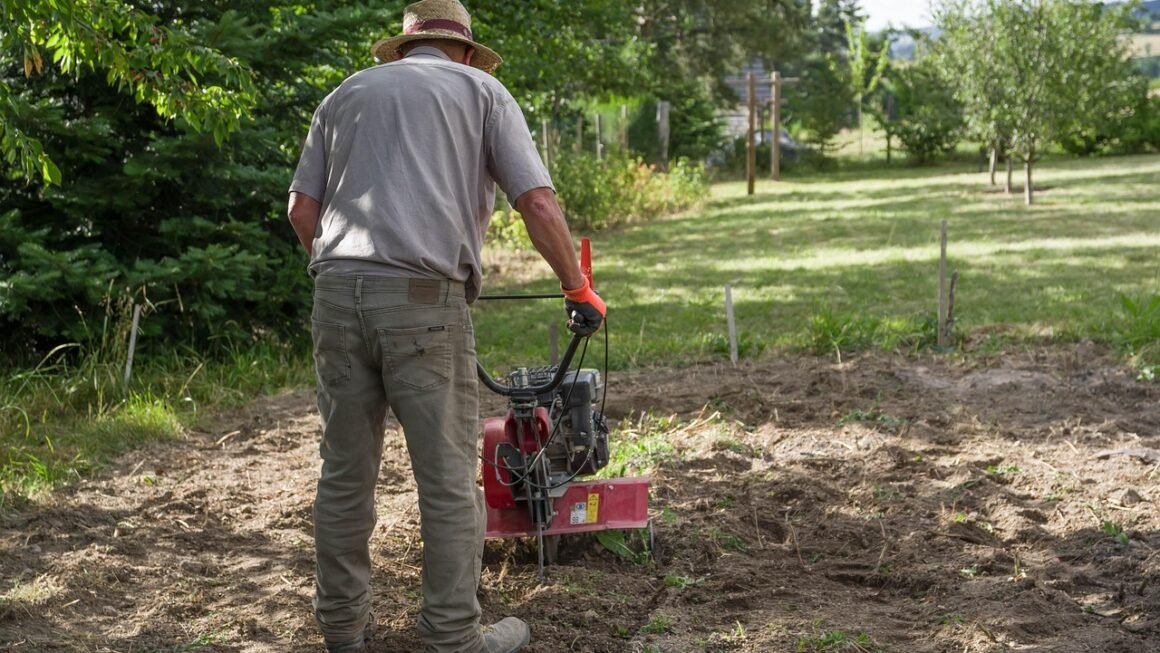Starting a new garden or propagating cuttings can be an exciting endeavor, but sometimes plants need a little extra help to get their roots established. That’s where root stimulator comes in. This often-overlooked product can be a game-changer for successful plant growth, providing essential nutrients and hormones to encourage rapid and healthy root development. Whether you’re a seasoned gardener or just starting out, understanding how root stimulator works and how to use it effectively can significantly improve your planting success rate.
What is Root Stimulator?
Root stimulator is a specialized product designed to promote faster and more robust root growth in plants. It’s typically a liquid or powder formulation containing a blend of plant hormones, vitamins, and nutrients specifically chosen to encourage root formation.
Key Ingredients in Root Stimulators
The effectiveness of root stimulator lies in its composition. Here are some common ingredients and their roles:
- Auxins: These are plant hormones, primarily indole-3-acetic acid (IAA) and indole-3-butyric acid (IBA). Auxins play a crucial role in cell division and differentiation, stimulating root initiation and elongation.
- Vitamins: B vitamins, such as thiamine (B1), are often included to reduce transplant shock and improve overall plant health.
- Nutrients: Some root stimulators contain trace elements like phosphorus, potassium, and manganese, which are essential for root development and overall plant vigor.
- Fungi: Certain beneficial fungi, like Mycorrhizae, can be incorporated to enhance nutrient uptake and improve the plant’s resistance to stress.
How Root Stimulator Works
Root stimulator works by providing plants with the necessary building blocks and hormonal signals to prioritize root development. The auxins encourage cells near the cut end of a stem or the base of a transplant to differentiate into root cells, leading to quicker root formation. The vitamins and nutrients provide the energy and raw materials required for these new roots to grow strong and healthy.
Benefits of Using Root Stimulator
Using root stimulator offers a multitude of advantages for both the plants and the gardener.
Faster Rooting and Establishment
- Speeds up the rooting process for cuttings, allowing for quicker propagation.
- Helps transplants establish more quickly, reducing the risk of transplant shock and mortality.
- Leads to more uniform growth, as plants develop a strong root system from the start.
Improved Nutrient Uptake
- A well-developed root system allows plants to absorb more water and nutrients from the soil.
- Some root stimulators contain mycorrhizae, which form a symbiotic relationship with plant roots, extending their reach and enhancing nutrient absorption.
Increased Plant Vigor and Health
- Stronger roots lead to healthier and more resilient plants, better equipped to withstand environmental stressors like drought and disease.
- Improved nutrient uptake promotes lush foliage, vibrant blooms, and increased yields.
Examples of Success
- Using root stimulator on rose cuttings increases the success rate of propagation from around 30% to upwards of 70%.
- Applying root stimulator to tomato transplants reduces transplant shock, leading to earlier and more abundant harvests.
- Vegetables like peppers benefit greatly from root stimulator, leading to increased yields.
How to Use Root Stimulator Effectively
The application of root stimulator depends on the plant and form you are using. Always follow the specific instructions provided on the product label for best results.
Application Methods
- Soaking Cuttings: Dip the cut end of the stem into the root stimulator solution before planting. This method is commonly used for propagating cuttings of various plants.
- Watering Transplants: Dilute the root stimulator with water according to the product instructions and use it to water newly transplanted plants. This helps reduce transplant shock and encourages rapid root establishment.
- Soil Drench: For established plants with poor root systems, a soil drench with root stimulator can help stimulate new root growth and improve overall plant health.
- Powder Form: Dip the end of a cutting in water and then into the powder, tapping off the excess before planting.
Timing is Key
- Cuttings: Apply root stimulator as soon as the cutting is taken to maximize its effectiveness.
- Transplants: Use root stimulator at the time of transplanting to help plants overcome transplant shock.
- Established Plants: Apply root stimulator during periods of active growth or when signs of root stress are observed.
Precautions and Considerations
- Overuse: Avoid overusing root stimulator, as excessive amounts of auxins can inhibit root growth.
- Storage: Store root stimulator in a cool, dark place to maintain its effectiveness.
- Safety: Wear gloves and eye protection when handling root stimulator, and keep it out of reach of children and pets.
Choosing the Right Root Stimulator
With numerous root stimulator products available on the market, selecting the right one can be a challenge.
Understanding Different Formulations
- Liquid: Liquid root stimulators are easy to dilute and apply, making them a popular choice for watering transplants and soaking cuttings.
- Powder: Powder root stimulators are convenient for dipping cuttings and are less likely to degrade over time.
- Gel: Gel root stimulators provide a thick coating that adheres well to cuttings, promoting direct contact with the plant tissue.
Considering Plant Type
- General-Purpose: General-purpose root stimulators are suitable for a wide range of plants, including vegetables, flowers, and shrubs.
- Specialized: Specialized root stimulators are formulated for specific types of plants, such as roses, orchids, or trees. These may contain unique ingredients or nutrient ratios tailored to the needs of those particular plants.
Reading Labels and Reviews
- Carefully read the product label to understand the ingredients, application instructions, and precautions.
- Check online reviews and testimonials from other gardeners to get insights into the effectiveness of different root stimulator products.
- Look for reputable brands and products with a proven track record of success.
Alternatives to Commercial Root Stimulators
While commercial root stimulators can be highly effective, there are also some natural alternatives that gardeners can use.
Homemade Rooting Solutions
- Willow Water: Willow branches contain high levels of salicylic acid, a natural rooting hormone. Soaking willow branches in water and using the resulting solution as a rooting medium can promote root growth.
- Honey: Honey has antibacterial and antifungal properties and can also stimulate root growth. Dilute honey in water and use it to soak cuttings before planting.
- Cinnamon: Cinnamon acts as a natural rooting hormone and antifungal agent. Sprinkle cinnamon powder on the cut end of cuttings before planting to prevent fungal infections and promote root development.
Natural Amendments
- Compost Tea: Compost tea is a nutrient-rich liquid that can improve soil health and promote root growth.
- Mycorrhizal Inoculants: Introducing mycorrhizal fungi to the soil can enhance nutrient uptake and improve the plant’s ability to establish a strong root system.
Conclusion
Root stimulator is a valuable tool for any gardener looking to improve plant growth and success rates. By understanding how root stimulator works, choosing the right product, and applying it effectively, you can significantly enhance root development, improve nutrient uptake, and promote overall plant health. Whether you’re propagating cuttings, transplanting seedlings, or trying to revitalize established plants, root stimulator can give your plants the boost they need to thrive. Remember to always follow product instructions carefully and consider natural alternatives to complement your gardening practices.




